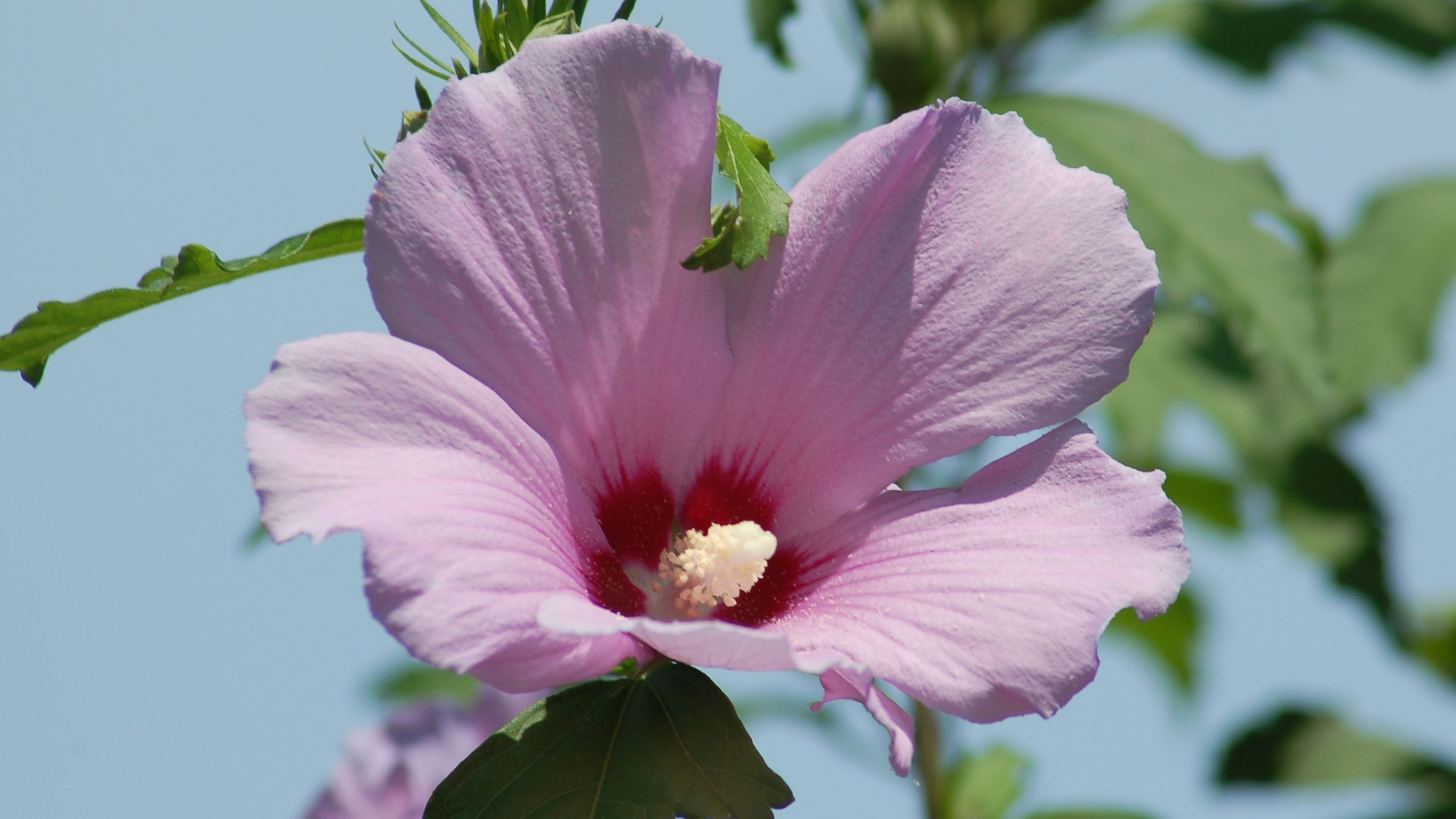Hibiscus Syriacus is a deciduous shrub, vase-shaped, compact flower that has beautiful pink colour flowers. Additionally, the foliage of this plant appears in the late spring and its colour is pale green in the beginning and later on, it turns into medium green. The process of growing this plant is simple and easy as you never face any difficulty. One more interesting thing about this plant is that these plants contain vitamin C so you can use these in your food. Furthermore, butterflies, hummingbirds and bees are attracted to its beauty. They are considered as diseases free plants so less care is required. These pretty flowers can be beneficial to decorate some special occasions.
Common Name:
The common name of this plant is shrub Althea, rose of Sharon and Hibiscus Syriacus.
Scientific Name: Scientifically, these are called Hibiscus syriacus.
Family:This belongs to the family of Malvaceae.
Genus:Its genus is Hibiscus L.
Species:H. syriacus.
Hardiness zone:The USDA hardiness zone for this plant is 5_8.
Height:These are easy growing plants and can grow about 240cm to 3.6cm.
Origin:These were first discovered by Dr Egolf Us. National Arboretum in 1988.
Regions where these plants naturalized:
These plants are naturalized in Eastern Asia, China and India.
Soil Needs:These plants require that type of soil that is well_drained, moist, loamy, clay and slightly acidic. The best thing about this plant is that it’s is drought and pollution tolerant as it is an awesome choice for urban areas. It is also important to provide moisture to its root otherwise it may die due to its dry roots.
Sunlight Needs:These are sun-loving plants and can only survive in the presence of the full sun. Most importantly it cannot tolerate cool and moist soil so it is important to provide 6 hours of sun in a day.
Watering:
Watering plays important role in the process of growing some plants. So when your want to grow aphrodite it is necessary to water it two to three times a week at first. After that less amount of water is enough but too much water can cause root rot.
Fertilizer:To make plants healthy it is essential to provide it best fertilizer. Aphrodite gets benefits from two different types of fertilizers. As in the spring using an application of 10_10_10 fertilization. However, in the midsummer use a fertilizer of 0_10_10.
Harvesting:In the early winter, it is best to harvest these plants. Simply, you can harvest this plant by wrapping these with cotton paper or nylon bags around the seeds. Another way is that when you noticed it’s turned brown then pick the seedpods.
Pruning:To give a suitable shape or to make the flower more attractive it is important to prune it. The way of pruning this plant is simple you can cut dead branches that may be harmed from winters. Also, you should cut that branches that grow in the wrong direction.
Medical Uses:
Some of the beneficial uses of aphrodite are mentioned below let’s have a look:
- It helps to heal certain infections and burn effects.
- Overcome gastric ulcers.
- Helpful to cure internal and external inflammation.
- Beneficial to treat soar throat.
Final Verdict:
As you can see in the above-mentioned details these are beautiful and beneficial plants. As these are non-poisonous plants so you never feel worried about your kids and pets. Most probably, its growing process is easy as it demands less concern and care. For making some food these can be helpful as these are edible. So, you place these plants at your home to increase the beauty of the garden.

